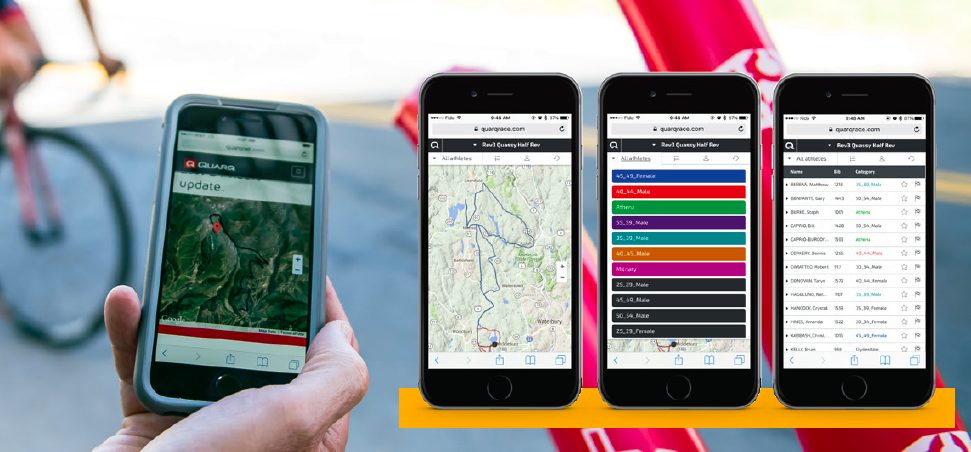Introducing Quarq Race Intelligence and Quollectors

The guy had always loved to tinker. Growing up, Jim Meyer worked in a bike shop. He was part of a solar race car team in college, then did graduate school in mechanical engineering at MIT. In 2006 he moved to Australia with his wife, Meike, while she went to school. He was going to take some time off to train while she studied. By that time he’d represented the U.S. at both the short- and long-course ITU world championships. He’d finished three Ironman races, including the big show in Kona. A few months into his training sojourn, his SRM power meter broke. There wasn’t enough money kicking around for him to buy a new one, so he was resigned to having to fix it himself. As he pulled it apart he began to realize that he could design his own power meter.
Thus Quarq was born. He and Meike would eventually start their own company, which they sold to SRAM in 2011. The first Quarq power meter, the CinQo, was a game changer in the industry – you could replace the battery without any tools and it was one of the first power meters to be ANT+ compatible. The story goes that the day they signed the papers selling the company to SRAM, Meyer wowed the new owners with a brand new power meter that would eventually become the company’s top-of-the-line model – once again changing the scope of the industry with a model that was lighter and provided left and right power data.
Make no mistake: Jim Meyer is constantly tinkering and coming up with new ideas. Meyer found himself in a position where he’d pretty much dialed in power measurement. Next up in his constant search for innovation: Quarq Race Intelligence, “an integrated hardware and software system that captures and interprets race performance and state-of play information – and delivers that data in real time to spectators, commentators, race officials, third-party analysis software and visualization tools.”
Put simply, Quarq Race Intelligence pairs a data collector (which, of course, is called a “Quollector”) that can upload GPS, heart rate, power and other information in real time to a web service so spectators, fans and commentators can keep track of all kinds of information. Meyer has been testing the Quollector with pros and select age group athletes for the last few years. (He set my wife, Sharon Mackinnon, up with one when she raced in Kona in 2014 – giving the Mackinnons a first look at the technology and allowing us to keep track of her progress.) After a couple of years of testing, the Quollector has rolled out and, just like the Quarq power meters changed the playing field for power measurement, this new technology is going to change the way people watch races.
Last year at the Ironman World Championship in Hawaii, SRAM invited a number of journalists to test the new technology. Each journalist was given one of the small devices (it measures 99 x 55 x 22 mm and weighs just 114 g), which we simply put in our cycling jersey pockets. The Quollector connects through ANT+ to get an athlete’s power and heart rate data on the bike and can even gather info from a foot pod during the run, too. All that information is sent to the web via a cellular connection. The amount of data available is impressive – the Quollector grabs info four times a second.
With an eye on servicing cyclists as well as triathletes, SRAM has created a number of different mounting options for the Quollector – there’s a bike boot to connect to a frame, or mounts that will fit onto a seat post, seat rails or a Di2 battery mount. Out on the run the Quollector easily fits into virtually any race belt.
Thanks to the cellular connection and GPS in the Quollector, athlete tracking during races is going to take on a new look in the future. There won’t be any more guessing as to where an athlete might be on the course – not only will you be able to pinpoint their exact whereabouts, but you’ll also know just how hard they’re working, too.
Look for Quarq Race Intelligence and Qollectors to be available at select races in 2016. SRAM is expecting to have them on the market before the end of the summer.


